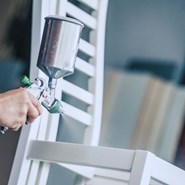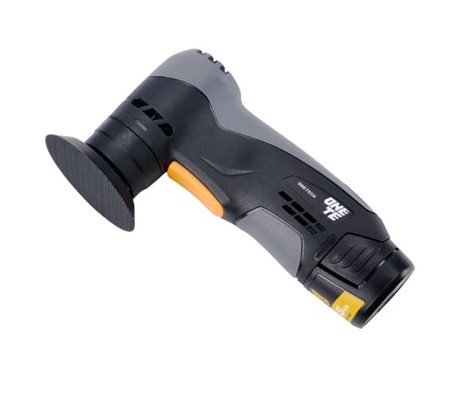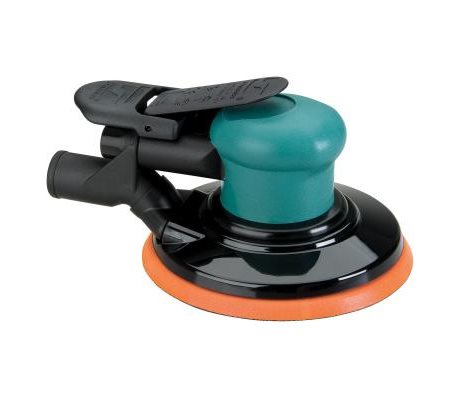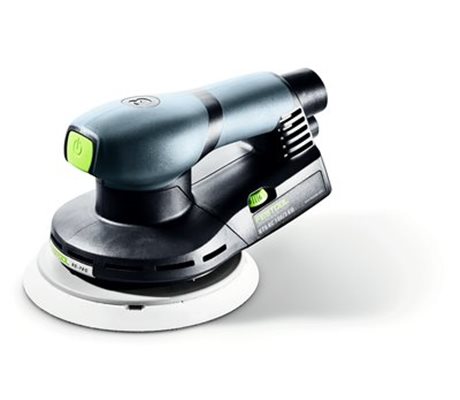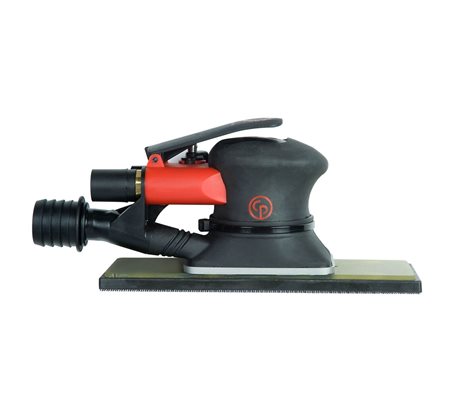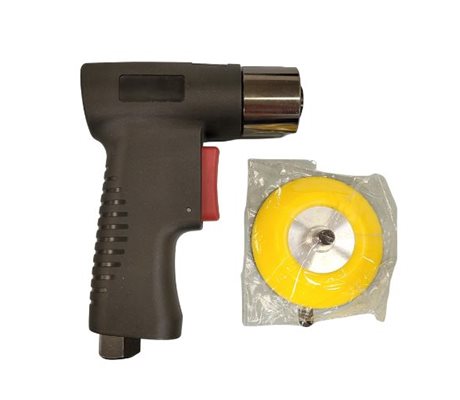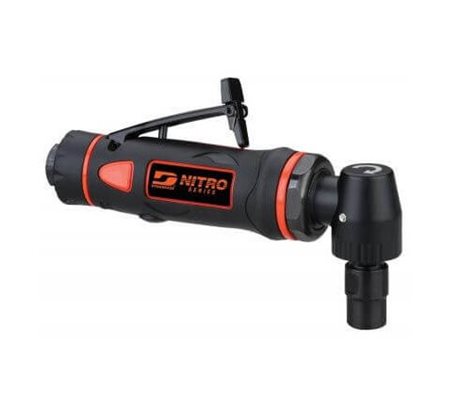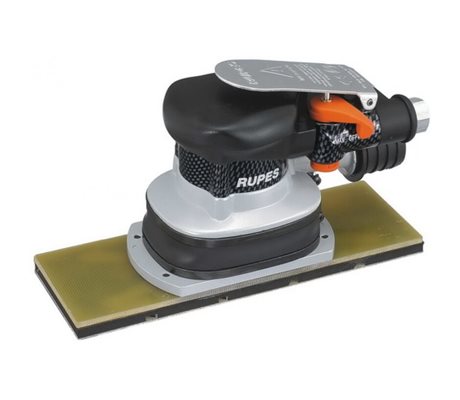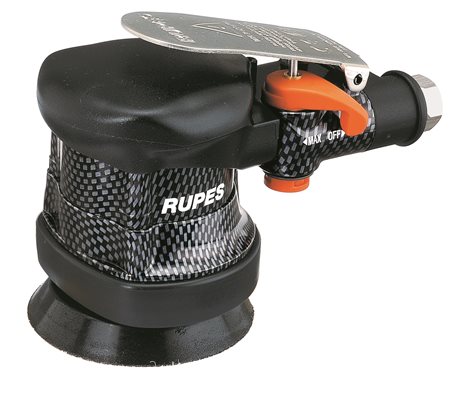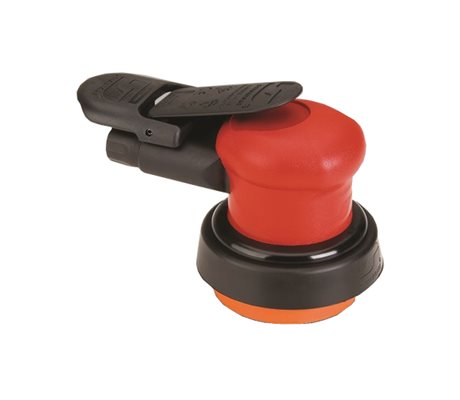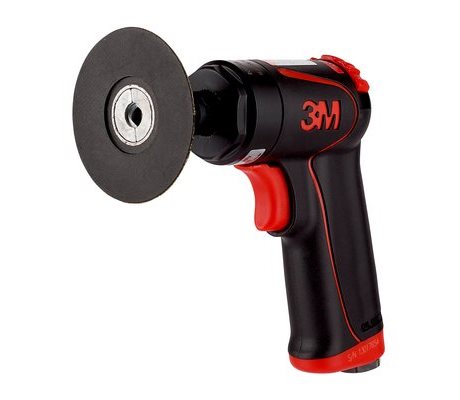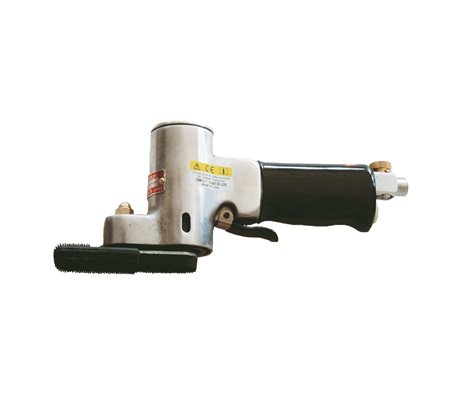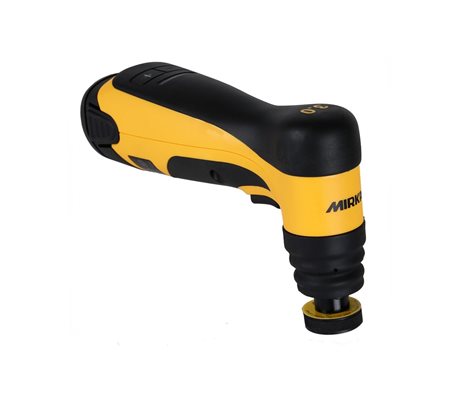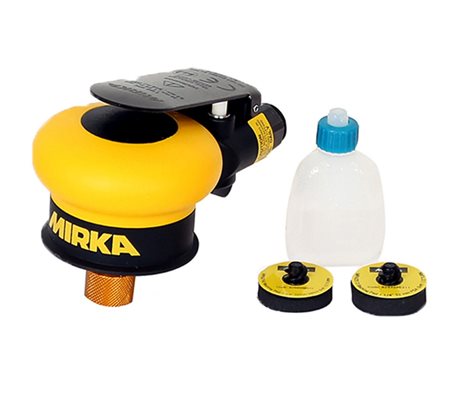Sanders and grinders
Grinders are indispensable tools in any workshop or construction site used to prepare surfaces, remove material and achieve the desired finish. There are different types of grinding machines, each of which has its own purpose and areas of application. The most popular for surface treatment is the orbital sander. If you are going to start bodywork, angle grinders and belt sanders are your go-to tools
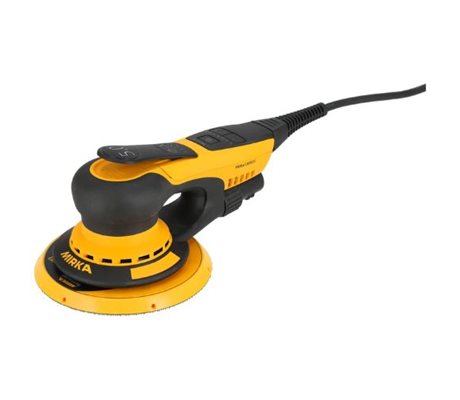
Mirka MID6504044
Deros II 650 EU 150mm 5.0mm
€676,08
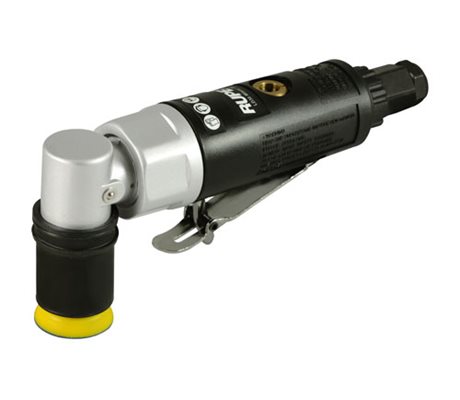
Rupes 88904-06
Ld30 Mini Grinder 30 Mm 1.5
€353,15

Rupes TA6A
Ta6A Triple Action 150 Mm 6.0
€821,30

Mirka MID3834044
DEOS II 383 70x198mm 3,0
€663,95
WHICH GRINDING MACHINE YOU SHOULD CHOOSE
Each grinding machine has its own special characteristics, and each machine is therefore more suitable for some types of work than others.
We are a dealer of brands that are preferred by many car paint shops and professionals. If you cannot find the product you are looking for, you are more than welcome to contact us and we can get it for you.
EXCENTER GRINDER
As the name suggests, an eccentric grinder is a grinding machine, but what makes it stand out is that the center of the grinding wheel does not rotate on its own axis, but instead rotates in a small circle with a diameter of just a few millimeters, in technical terms it is called the fluctuation, and it can be obtained in different sizes. With the swing (circular movements) the eccentric sander is more effective than the vibrating sander, it also often gives a nicer result as it "removes" its own sanding tracks. For the same reason, the orbital sander has become popular and often chosen by both professional craftsmen as well as private individuals.
Worth knowing about fluctuations, with a smaller fluctuation, grinding is not as effective, but in return you achieve a finer result.
When choosing the size of the orbit (swing) of an orbital sander, it is important to consider the type of work you will be doing and the desired surface finish.
Smaller orbit (eg 2.0mm): A smaller orbit typically results in a more aggressive grind. It is suitable for quick removal of material, coarser sanding and for working on larger surfaces where you want to remove material quickly. It can leave more visible sanding marks on the surface.
Larger orbit (eg 5.0mm or 8.0mm): A larger orbit usually gives a more polished finish. It is ideal for veneer sanding, finishing work and for achieving a smoother surface without visible sanding marks. It may not remove material as quickly as a smaller orbit, but it can deliver a more precise and smoother surface finish.
SHAKE PLASTERS
An orbital sander is a sanding machine that moves in circular motions. The sanding pad is typically rectangular or triangular, and is therefore good for reaching into corners. Orbital sanders are good for fine sanding larger surfaces, but it takes practice to polish well with an orbital sander due to its circular motions.
DELTA GRINDER
A delta sander or a triangle sander is a sanding machine specially developed for sanding window frames, furniture, edges or corners. The sanding pattern is similar to an orbital sander, but instead of being equipped with a square sole, it has a triangular sole.
BELT GRINDER
A belt sander is an efficient sanding machine which grinds in the same direction, as the belt sander is assembled by a pair of drums whose function is to move a piece of sandpaper around. Belt sanders are particularly effective when old paint needs to be removed or the worn wooden surface needs to be sanded down. Good for rough sanding jobs on both metal and wood.



